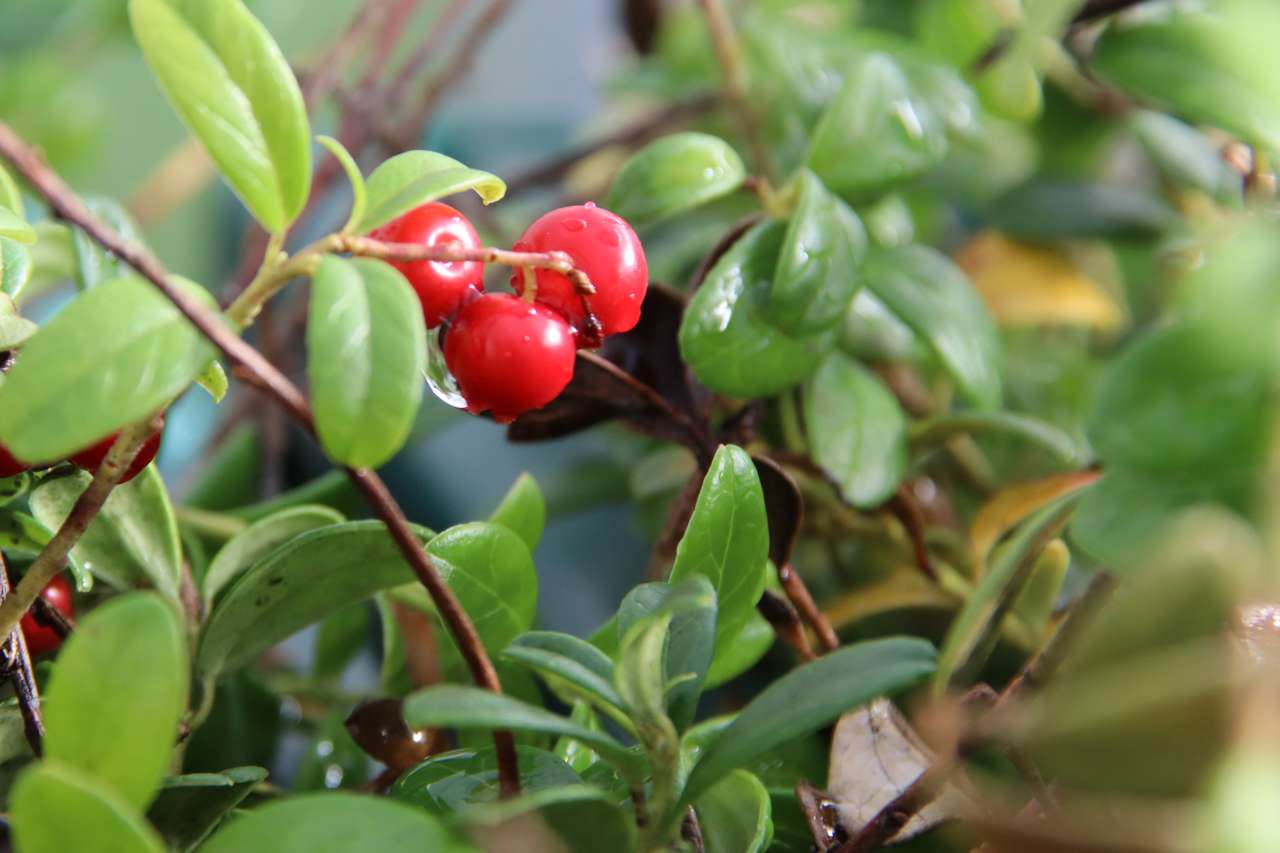Norwegian wild berries-increased predictability and value creation

End: jun 2023
Start: jan 2019
WILDBERRIES aim to increase commercial utilization of wild berries from
Project participants
Baoru Yang Jari Miina Mikko Kurttila Rainer Peltola Ewelina Anna Wojciechowska Anne Linn Hykkerud Kjersti Aaby Aksel Granhus Josefine Skaret Antje Gonera Laura Jaakola Gesine Schmidt| Status | Concluded |
| Start - end date | 01.01.2019 - 30.06.2023 |
| Project manager | Inger Martinussen |
| Department | Horticulture |
| Total budget | 10100000 |
| Funding source | Norwegian Research Council |
Norwegian forests. Woods and wilderness cover most land areas in Norway.
These areas are abundant of valuable renewable resources. There is an
increasing demand for wild berries not only for various food and beverage
products, but also in cosmetics and for extraction of various biochemical
compounds. In Finland and Sweden, wild berries are already a big industry,
while Norwegian wild berries are almost non-existent on the market.
WILDBERRIES focus on lingonberry. Lingonberry is a close relative of
cranberry, which have several of the same positive health effects. With
additional characteristics like taste, versatility and preservative properties
of lingonberry there is a great potential for increased value creation. It
is estimated that the annual crop of lingonberries in Norway is 115,000
tones, most of it non-exploited. One of the key challenges for further
commercialization is access to the raw material. The Norwegian topography
are challenging for logistic around harvesting. However, the same landscape
can possibly give unique qualities. The availability and quality of wild berry
yields varies from year to year and from locations to location. Yields are
affected by physiology, climatic conditions, geographic location and forest
management.
WILDBERRIES seek to develop tools and modells to map areas with
high yields and/or high-quality berries. Experiments at controlled climatic
conditions will give new knowledge on key factors affecting flower
development, ripening, yield and quality. Low prices on imported berries
make it difficult for Norwegian raw material to compete on profitability.
Innovative solutions and new knowledge on quality aspects open possibilities
for innovation, value creation and new products.
WILDBERRIES will be coordinated by NIBIO. R&D collaborators in Norway
are NOFIMA and Arctic University of Norway- UiT. LUKE and University of
Turku, are international partners.
Publications in the project
Authors
Amos Samkumar Katja Karppinen Tony K. McGhie Richard V. Espley Inger Martinussen Laura JaakolaAbstract
No abstract has been registered
Authors
Anne Linn HykkerudAbstract
No abstract has been registered
Authors
Anne Linn HykkerudAbstract
No abstract has been registered
Authors
Anne Linn HykkerudAbstract
No abstract has been registered
Authors
Anne Linn HykkerudAbstract
No abstract has been registered
Abstract
No abstract has been registered
Authors
Anne Linn HykkerudAbstract
No abstract has been registered
Authors
Anne Linn HykkerudAbstract
No abstract has been registered
Authors
Anne Linn HykkerudAbstract
No abstract has been registered
Authors
Anne Linn HykkerudAbstract
No abstract has been registered
